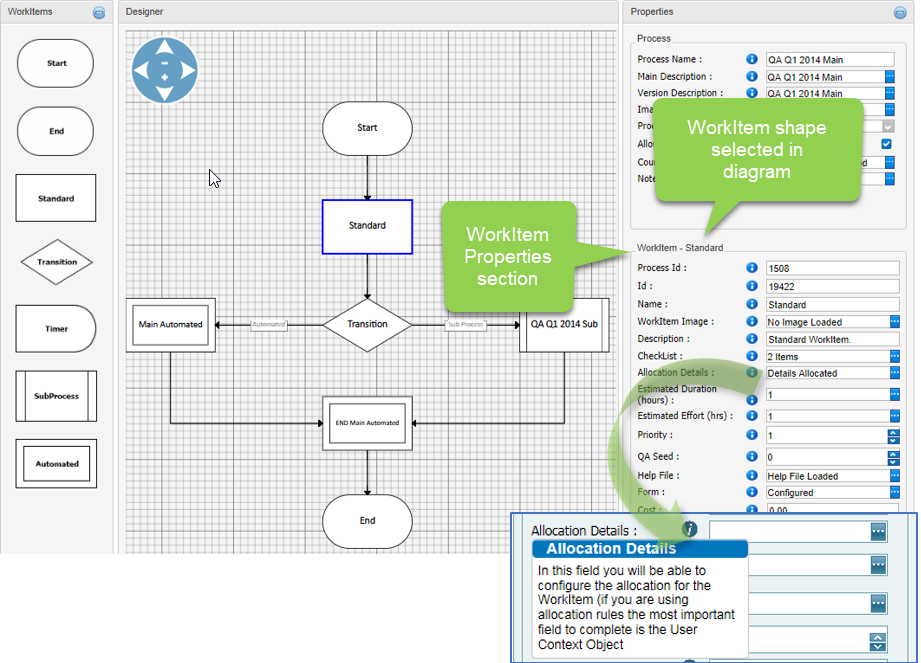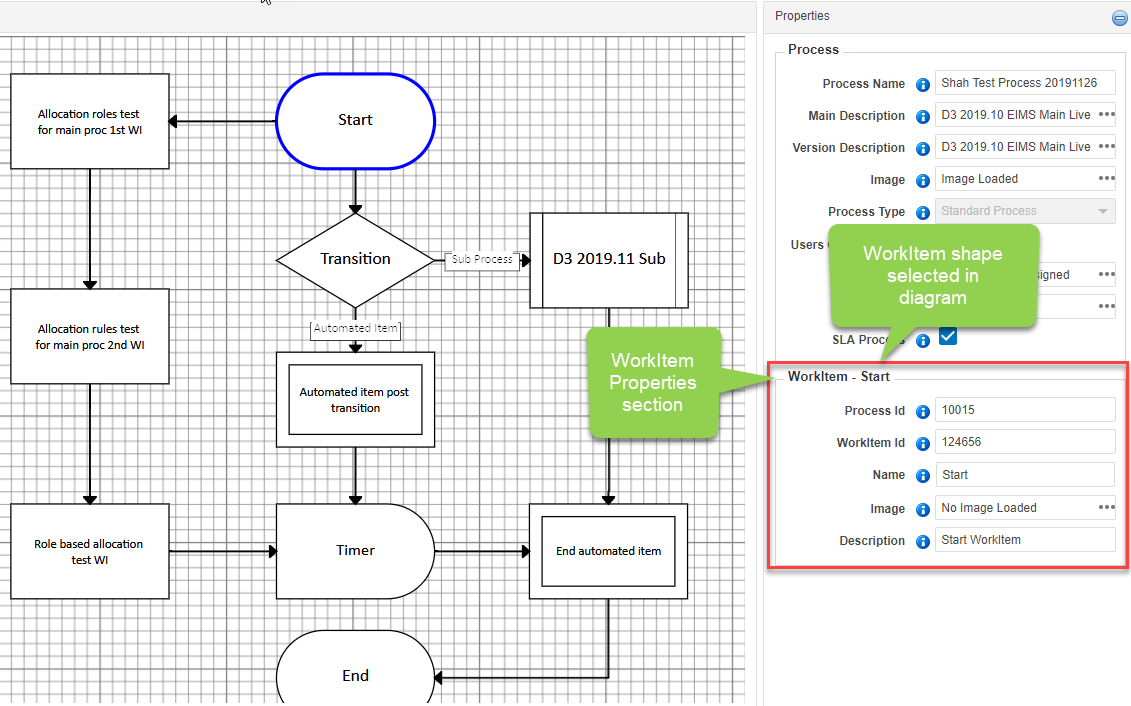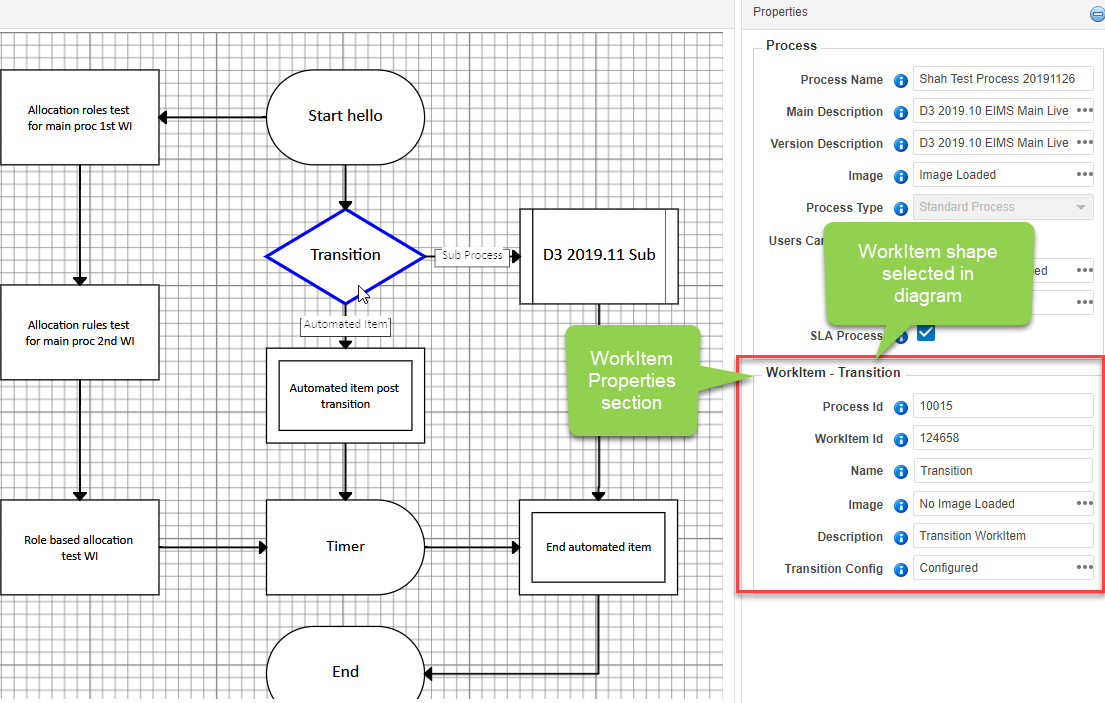Allocation Rules
We use allocation rules to make sure that WorkItems move into a pre-determined user’s list when these become active without the need to individually allocate WorkItems = automated traffic manager!
When we design a process we do not know who this user will be but we can use Allocation Rules to instruct the system to send a WorkItem to a pre-selected user’s Active WorkItems list.
- So somewhere in the process, before the WorkItem where we’ve allocated ownership via allocation rules – a user has selected whom (within the role/team/department) that WorkItem will be automatically allocated - as will all others with the same set up.
In order to set up allocation rules we use:
- User Context Objects
- Allocation Triggers
- Allocation Details for WorkItems
What we need to know/do as a designer:
- Know how many different User Context Objects we need to set up in the Custom Data Fields section
- Know where we need to set up the Allocation Triggers (these are now automated – just check)
- a preceding WorkItem form will need to request as mandatory the User Context Object(s)
- Go through every Standard WorkItem and set up Allocation details by selecting the correct User Context object for each one.
This is how you will go about setting up allocation details
- When you click on the Allocation details ellipsis, the Allocation Config loads
- By default, the user allocated to the WorkItem is the Process Creator.
- If you do not need specific allocation, just leave the fields blank, otherwise select an Allocated User/ User Context Object or User in a role










